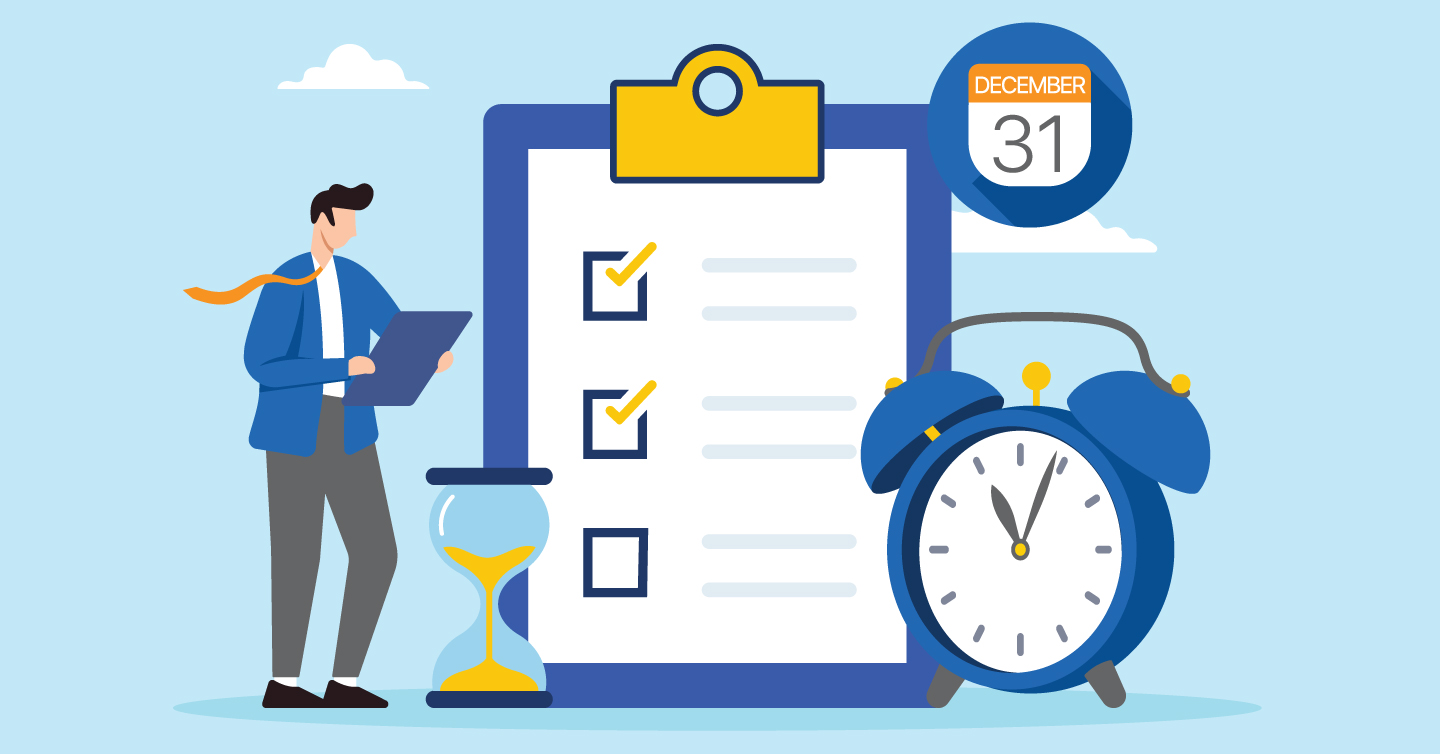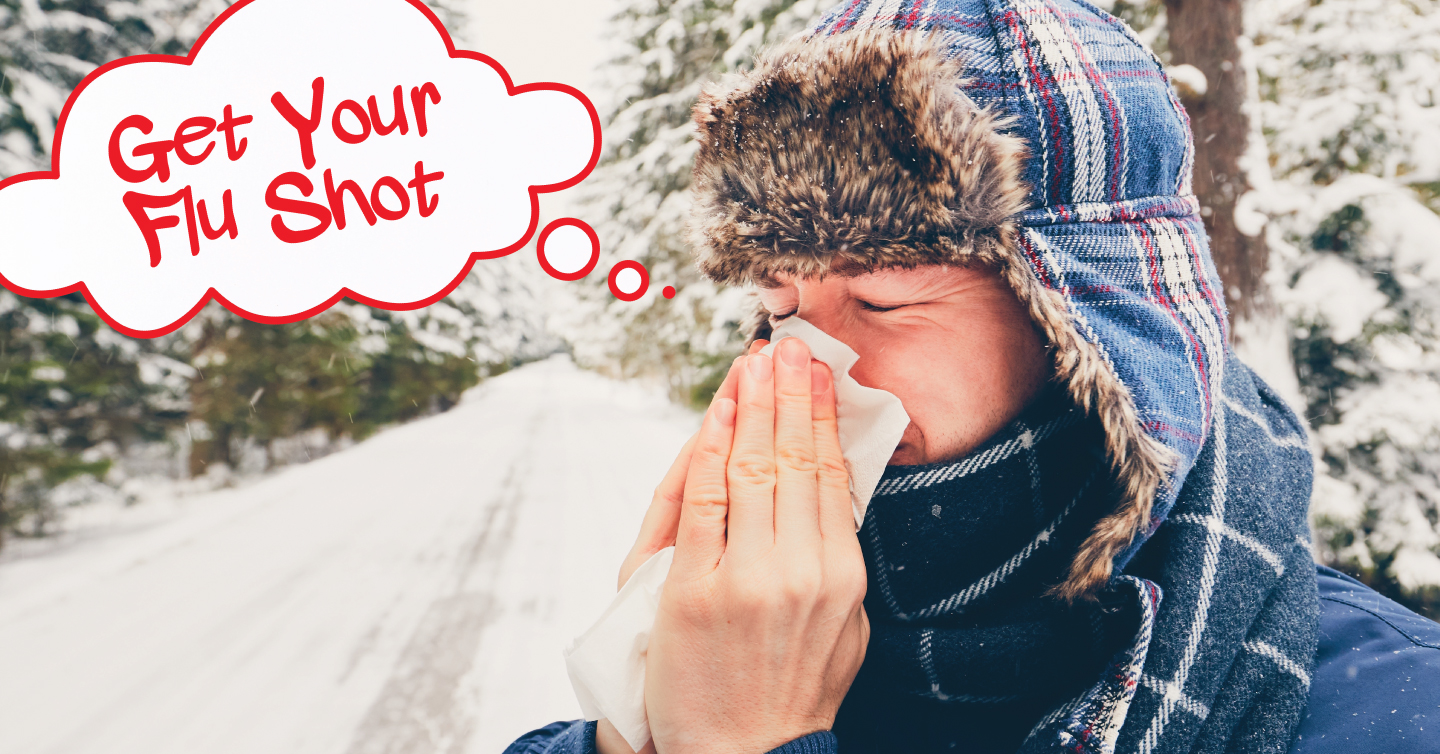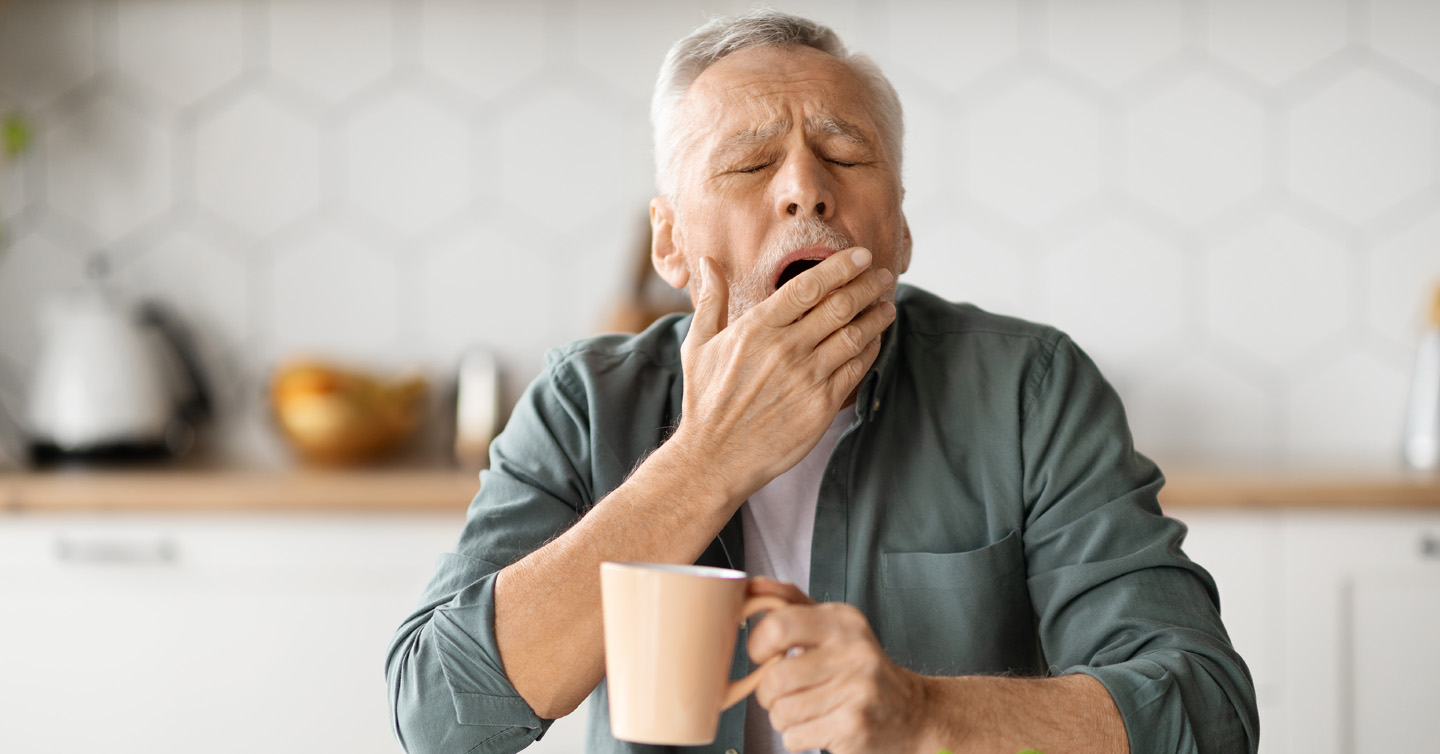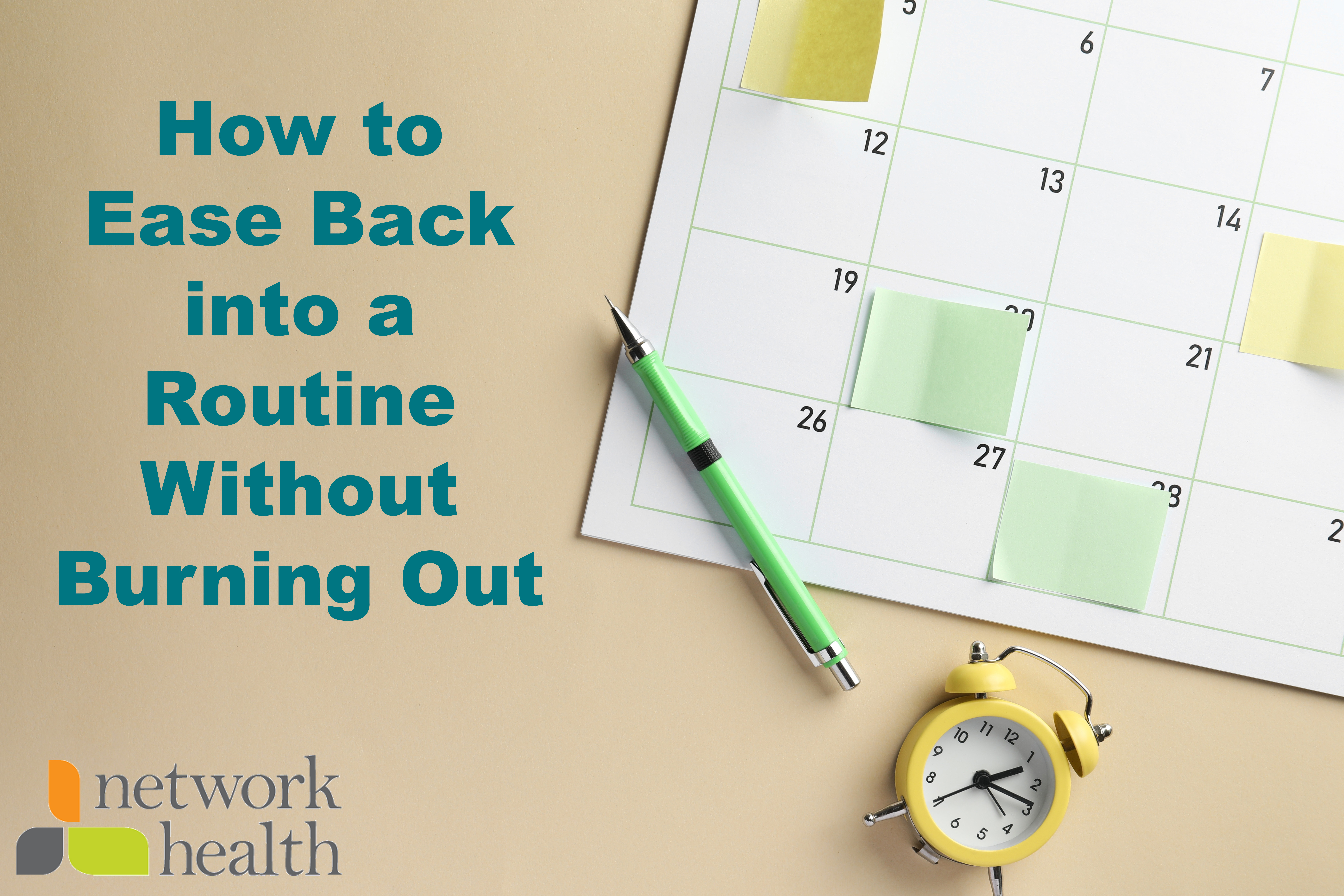Foods and Recipes That Help You Stay Hydrated

By Jill K. MSN, RN, quality care coordinator at Network Health
6/27/2025
The summer season has arrived, and there’s never been a better time to get ahead on protecting ourselves from the harsh extremes of the heat. It’s good to keep our bodies safe from the sun externally by wearing sunscreen and sunglasses, but there are benefits to protecting the body internally as well.
The hot summer heat can cause underhydration or even dehydration if you are not actively fighting against it. Drinking plenty of water throughout the day keeps you hydrated, but there are other methods to make hydration a little more tasteful. In addition to being delicious and healthy, the following snacks and beverages can keep you feeling refreshed, rejuvenated, and — you guessed it — hydrated.
Eat These Foods to Help with Hydration
Hydration can be achieved through means other than just drinking a plain glass of water. The foods we eat also play a role, and some of them are much better at helping you stay hydrated than others.
Cucumber
Cucumbers are made up of more than 96 percent water, meaning they provide your body with an excellent source of hydration.
Recipe: Cucumber Hummus Cups
Cut your cucumbers into ¼ inch slices. You can take a small spoon and scoop out the top layer of seeds. Add a tablespoon of hummus to a cup and get dipping.
Strawberry
Strawberries are made up of over 90 percent water and they contain a modest amount of fiber which enhances digestion. They also have low sugar and calorie content, making for a healthy summer treat.
Watermelon
Watermelon is over 92 percent water, making a perfect hydration supplement in the summer heat. The nutrients in watermelon can also support eye health, boost your immune system, aid skin health, and improve digestion.
Recipe: Fruit Kabobs
For a refreshing and hydrating treat, you can include watermelon, cantaloupe, and pineapple. Cut up your fruits of choice into bite-size pieces and add to skewers for a variety of fruit in a fun way.
Zucchini
Zucchini is nearly 95 percent water, helping to keep your skin glowing, your energy levels high and your body functioning smoothly.
Zucchini may be light in flavor, but you can actually use that to your advantage. Using herbs, seasonings or dressings, you can create a wide variety of flavors that the whole family can enjoy. Just be sure to avoid any seasonings high in sodium if hydration is your goal.
Mocktails
Alcohol dehydrates the body, so having alternatives that leave your body feeling refreshed while keeping a drink in your hand is a summer must. Try any of the below alcohol-free recipes this summer to cool off and keep hydrated.
Recipe: Blueberry Lemonade
Fresh blueberries and lemon juice, creating a naturally sweet and colorful drink.
Recipe: Sparkling Apple Cider Mocktail
Combine sparkling apple cider, citrus fruits (like lime, orange, and grapefruit) and a sprig of rosemary.
Beverages That Can Reduce Hydration
In the same way some foods can assist with hydration, certain fluids can lead to underhydration. Not all liquids contribute equally to hydration. Here are some drinks to avoid if your goal is proper hydration.
Coffee
Coffee’s high caffeine content can lead to mild diuretic effects, meaning it can increase urine production and contribute to fluid loss if consumed in large amounts. While it can count toward your daily water intake, drinking too much of it isn’t ideal for the purposes of hydration.
Drinking a couple cups in the morning is fine, but if you’re an all-day coffee drinker, you might start to feel the dehydrating effects. Keep in mind that some teas also contain caffeine, usually less than coffee, but drinking them in large amounts can possibly contribute to dehydration.
Alcohol
Alcohol acts as a diuretic by increasing urine production and repressing vasopressin, a hormone that helps the body retain fluids.
The higher the alcohol content, the more severe its dehydrating effects can be. For example, a small amount of beer will have far less of an impact on hydration than liquor with a much higher alcohol content. Pairing liquor with soda for mixed drinks won’t help, as caffeine and sugar in soda worsen underhydration symptoms.
Soda
And speaking of which, soda is the final one on our list. Soda robs your body of hydration because it has a high sugar content, can contain caffeine and lacks electrolytes. The sugar can draw water out of your cells and into the bloodstream. Energy drinks similarly have high caffeine and sugar content.
One final note — although fruit juices can help with hydration, they often contain a significant amount of sugar. Even though they may seem like a healthier alternative to soda, it’s best to enjoy it in moderation. To make the healthiest choice, opt for natural, unsweetened juices and avoid those with added sugar.
What Are Electrolytes and Why Do They Matter for Hydration?
Hydration isn’t just about how much water you take in, but also about how well your body retains it. Electrolytes play a key role here, and no, they’re not just for plants. People need them too. You’ve probably heard the term, but what exactly are they?
Electrolytes are minerals that carry an electric charge when dissolved in water. Although consuming something with an electric charge might sound concerning, it’s perfectly natural. Almost every fluid and cell in your body contains electrolytes.
Electrolytes play a crucial role in regulating the body’s chemical processes , and most importantly for this discussion, in maintaining the fluid balance between cells and the rest of the body. As a result, they are essential for proper hydration. Common electrolytes include the following.
- Sodium
- Potassium
- Magnesium
- Calcium
Why is Sodium Crucial for Hydration?
You might wonder... If sodium intake can negatively impact hydration, why do we need it at all? The answer isn’t straightforward. Yes, a high sodium intake can lead to underhydration and other health impacts, but the body still needs sodium. In fact, it’s the primary regulator of fluid balance.
Generally, you won’t have to worry too much about consuming sodium, except in certain cases like being outside in the summer and sweating. Sweating causes you to lose both water and sodium. Therefore, you’ll want to consider replacing the lost sodium through food or drink.
The key is the source and the amount of sodium. Sodium from processed foods like chips or fast food is not good for hydration. Natural sodium from pickles or salted nuts, however, can be good for restoring your sodium balance.
How to Know if You Need More Electrolytes
But other than sweating, how can you know if you need more electrolytes? It might not be something you think about often, but there are signs of an electrolyte imbalance, which can be a signal from your body that replenishment is needed. Symptoms of electrolyte imbalance include the following.
- Confusion
- Diarrhea or constipation
- Fatigue
- Headaches
- Irregular or fast heart rate
- Nausea
- Vomiting
- Numbness in extremities
- Muscle cramps
These symptoms can also be signs of underhydration, but sometimes, simply drinking water isn’t enough to replace lost electrolytes.
If you suspect you are suffering from an electrolyte imbalance, consider consulting your personal doctor. They can order blood tests and assess you for health conditions that can cause imbalances.
Foods That Contain Electrolytes
Salty food isn’t the only source of electrolytes. Many foods are great sources for electrolytes and support hydration. Let’s look at some of them.
- Leafy green vegetables
- Bananas
- Prunes
- Cheese
- Yogurt
- Nuts
- Seeds
- Kidney beans
- Lentils
- Avocado
- Sweet potatoes
- Squash
- Milk
- Coconut water
- Orange juice
- Tomato juice
Super Simple Combinations for Hydration and Electrolyte Replenishment
If you want to boost hydration and maintain electrolyte balance, try these easy snacks. We’d call them recipes, but they’re even simpler!
Watermelon + Pinch of Sea Salt
Why it works:
Watermelon is 92 percent water and rich in potassium. Adding a pinch of salt boosts sodium levels, helping your body absorb and retain fluids. It’s perfect after time in the sun or a workout.
Smoothie with Banana, Yogurt, and Spinach
Why it works:
Bananas provide potassium, yogurt adds calcium and a little sodium, and spinach supplies magnesium, all blended into a hydrating, creamy drink that supports fluid and muscle balance.
Cucumber + Avocado Salad with Lime and Sea Salt
Why it works:
Cucumbers are over 95 percent water, avocado adds potassium and magnesium, and a dash of sea salt brings in sodium. The lime adds flavor and vitamin C for an ultra-refreshing side or snack.
Greek Yogurt + Berries + Drizzle of Honey
Why it works:
Greek yogurt provides calcium and fluid, berries offer hydration and potassium, and honey adds natural carbs to support electrolyte absorption. Add chia seeds for bonus magnesium.
Sweet Potato Toast with Avocado and Sea Salt
Why it works:
Sweet potatoes are packed with potassium and retain moisture when roasted. Avocados add more potassium and magnesium, and a light sprinkle of salt supplies sodium for cellular balance.
Hard-Boiled Egg + Orange Slices + Almonds
Why it works:
Eggs provide sodium and a bit of calcium, oranges are water-rich and full of potassium, and almonds deliver magnesium, making this a protein-packed, balanced snack for hydration and energy.
Cottage Cheese + Pineapple Chunks
Why it works:
Cottage cheese is rich in both calcium and sodium, while pineapple adds hydration, fiber and potassium. It’s a sweet-and-savory combo that’s as functional as it is delicious.
Coconut Water + Banana + Spinach Smoothie
Why it works:
Coconut water is nature’s electrolyte drink, full of potassium and some sodium. Blend it with banana (potassium) and spinach (magnesium) for a refreshing, post-exercise recovery drink.
Salted Pumpkin Seeds + Dried Apricots
Why it works:
Pumpkin seeds offer magnesium and sodium, while dried apricots are high in potassium. This trail mix is easy to pack and replenishes electrolytes lost through sweating. Just be sure to pair it with water.
Ants on a Log (Celery + Peanut Butter + Raisins)
Why it works:
Celery is water-rich and naturally salty, peanut butter adds magnesium and protein, and raisins are full of potassium. It’s a nostalgic snack that works surprisingly well for hydration.
This might make hydration sound complicated, but it doesn’t have to be. Simply include foods that help with hydration in your diet while moderating those that don’t. Of course, if you have concerns about your hydration or regularly feel underhydrated, it’s a good idea to consult with your personal doctor. Otherwise, enjoy these fresh and hydrating snacks during the summer or all year long!



